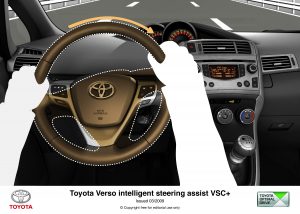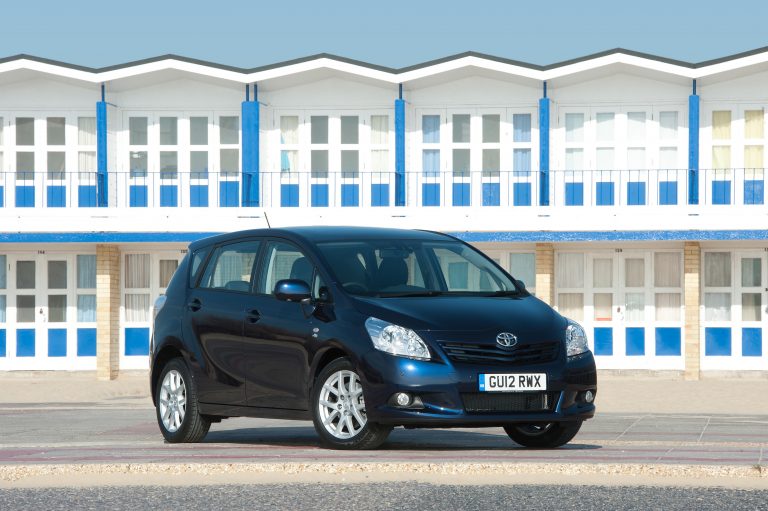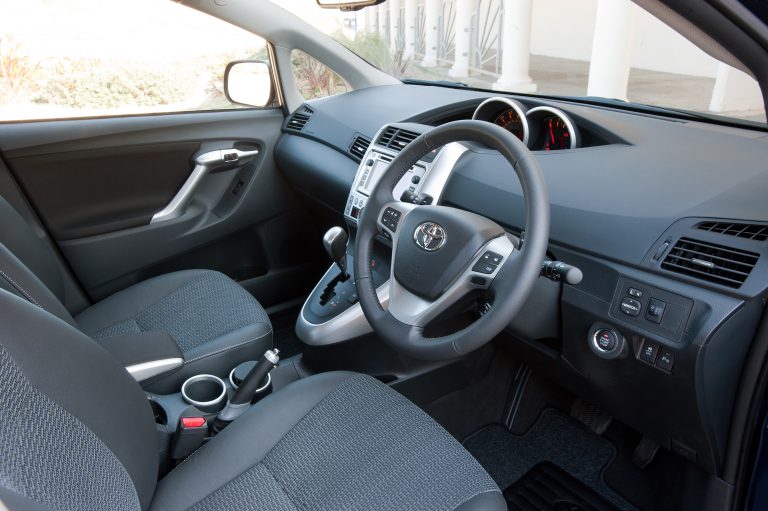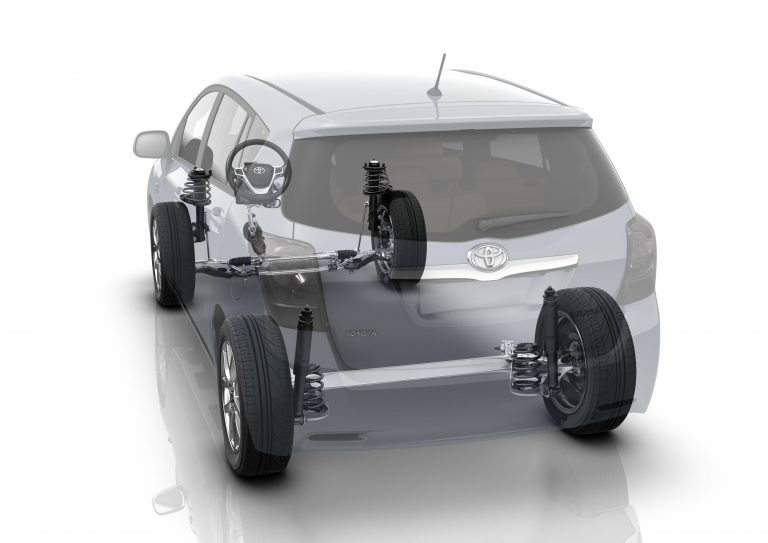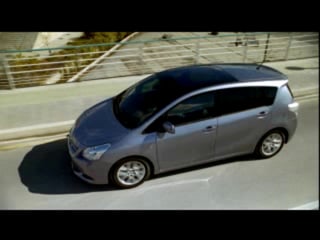New Toyota Verso Leads On Safety
KEY POINTS
- Toyota’s new seven-seat compact MPV raises safety performance all-round
- Designed to achieve five-star rating in new, more stringent Euro NCAP crash testing
- All versions equipped as standard with:
- ABS with Electronic Brakeforce Distribution (EBD) and Brake Assist (BA)
- Steering assist Vehicle Stability Control (VSC+)
- Traction Control (TRC)
- Hill-start Assist Control (HAC)
- Seven airbags, including curtain airbag protection for third row passengers
- Energy-absorbing pads for improved protection for second and third row occupants
- Improved pedestrian impact safety
- New Verso on sale from April
The new Toyota Verso brings high levels of safety to the compact MPV segment, providing better protection for all those on board and using intelligent design to cut the risk of injury to pedestrians.
New Verso benefits from upgraded active, passive and pedestrian impact safety features and has a highly rigid, impact-absorbing body shell that is made with a higher proportion of lightweight-but-strong high tensile steel.
Thanks to the combination of all these elements and Toyota’s extensive in-house testing programme, it is expected to earn a top five-star rating in the new, more stringent Euro NCAP crash test programme, following the example set earlier this year by new Avensis and iQ.
Active Safety
New Verso comes equipped as standard with a full range of active safety systems, including the latest-generation ABS with Electronic Brakeforce Distribution (EBD) and Brake Assist (BA).
Toyota’s intelligent steering assist VSC+ system counteracts under or oversteer by independently applying braking force to any of the four wheels, while simultaneously generating counter-steering torque to help the driver bring the car under control. The Traction Control (TRC) works to prevent wheelspin, while the Steering Torque Assist helps to counter vehicle yaw movements under braking or acceleration.
Another standard-fit feature is Hill-start Assist Control (HAC). This automatically engages to prevent the vehicle from rolling backwards when pulling away on uphill gradients, as the driver moves his or her foot from brake to throttle.
Passive Safety
Airbag protection is provided all around the cabin, including driver and front passenger front and side airbags, driver’s knee airbag; and curtain shield airbags that extend the full length of the cabin to protect occupants in both rows of rear seats – a feature that is rare in the compact MPV segment.
The front seats have active, cable-operated anti-whiplash headrests and all seats are linked to a seatbelt reminder system on the instrument panel. Further protection against leg injuries is provided for driver and front passenger by energy-absorbing pads built into the front footwells.
Side impact forces are channelled across the floorpan and through roof strengthening members and, in a first for a Toyota vehicle, energy absorbing pads are located on the door belt line and rear passenger hip point.
The detailed safety design extends to a high-resistance seat rod that is located beneath the rear seats, which also helps to absorb impact forces from a side-on collision.
Pedestrian Impact Safety
Toyota makes further advances in pedestrian safety with an energy-absorbing structure integrated in new Verso’s bonnet design, and a crushable cowl section at the bonnet’s edge. The wiper motor and linkage have been positioned lower down, so there is less chance of them causing injury should someone be struck.
The bonnet lock is set well down from the upper bonnet surface, too, and the construction of the front end of the car features upper and lower leg impact absorbers. Additional impact absorbers are located where the rear edge of the bonnet meets the upper part of the wing.
New Verso goes on sale in the UK in April.
ENDS




